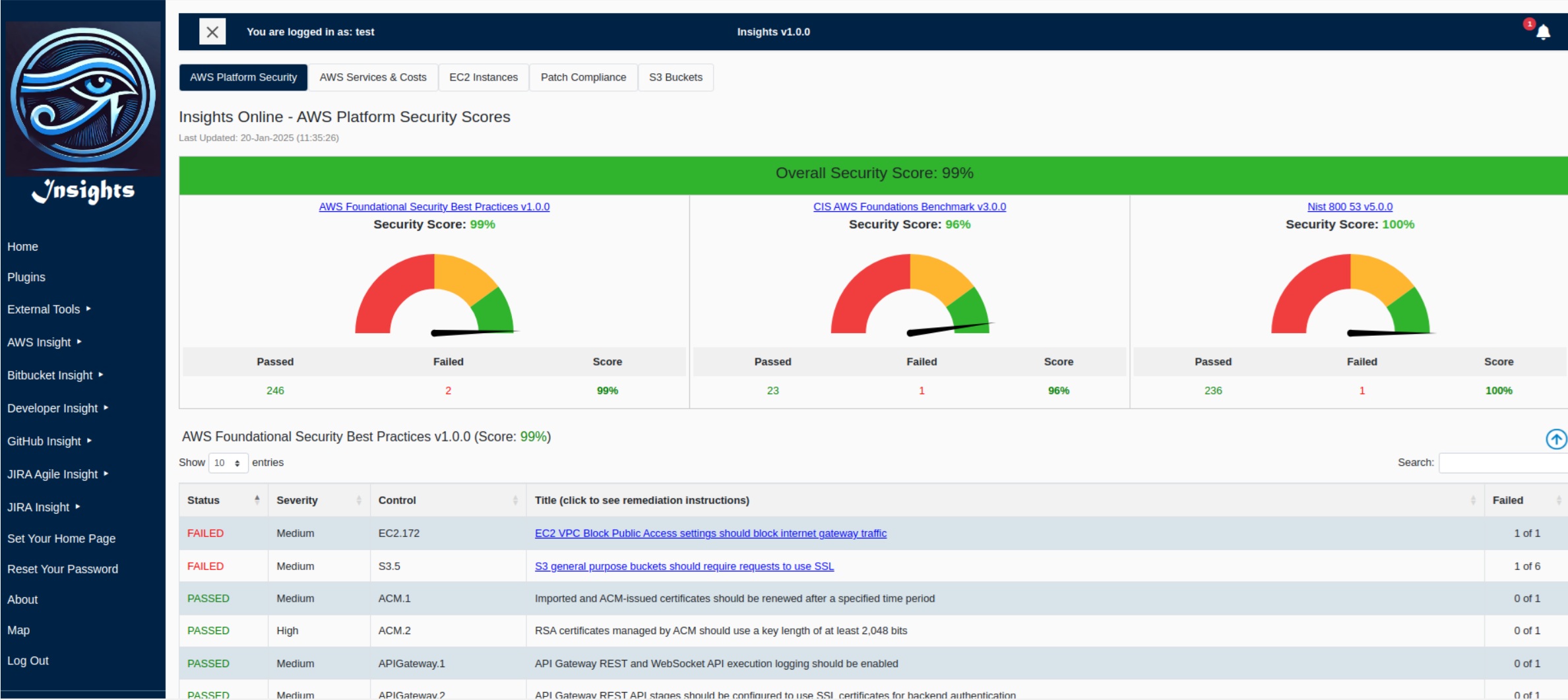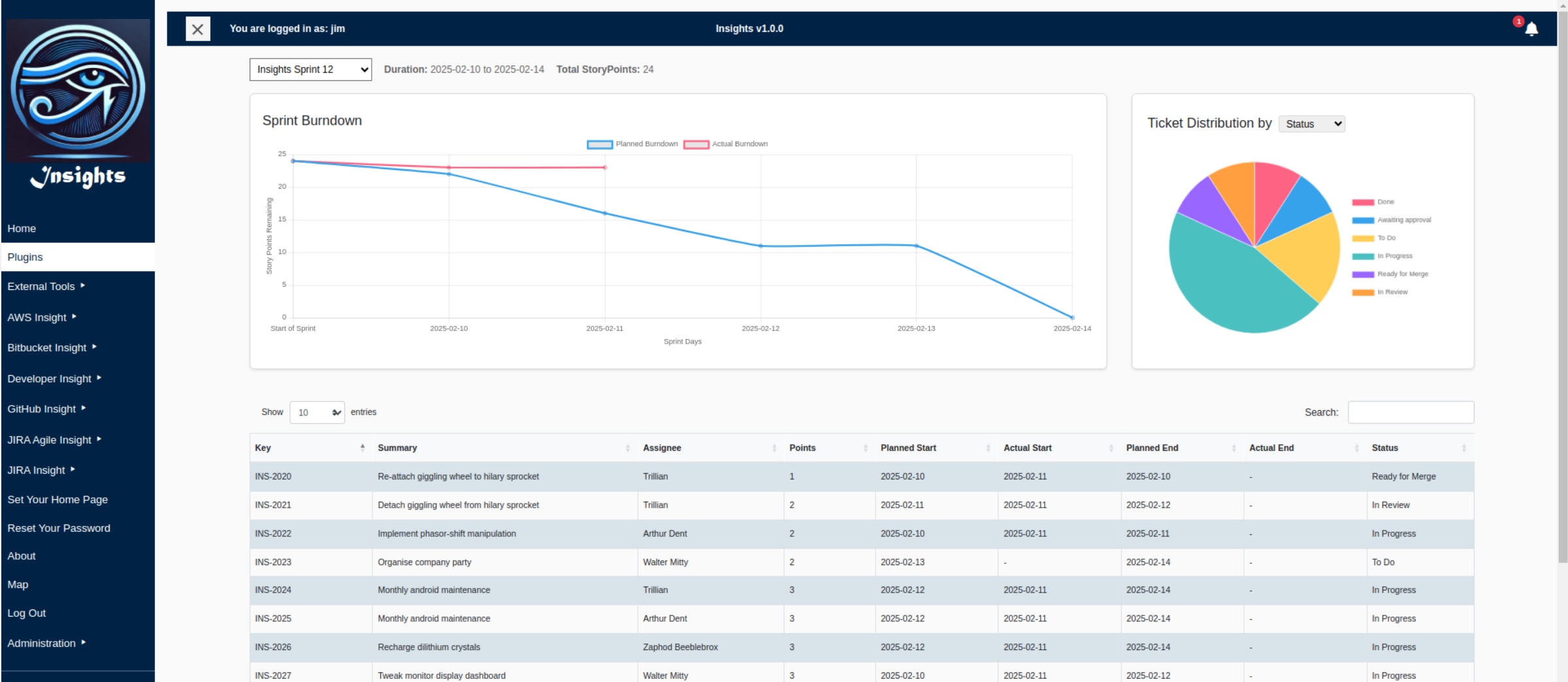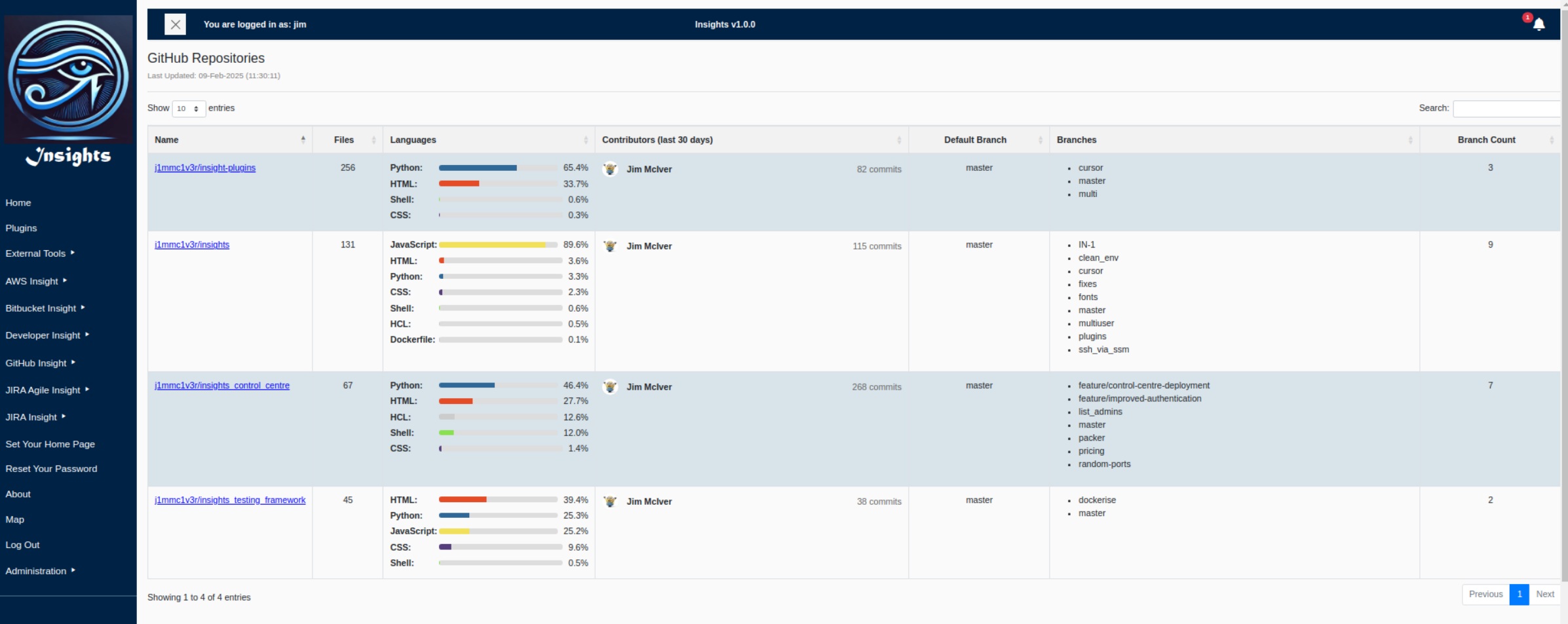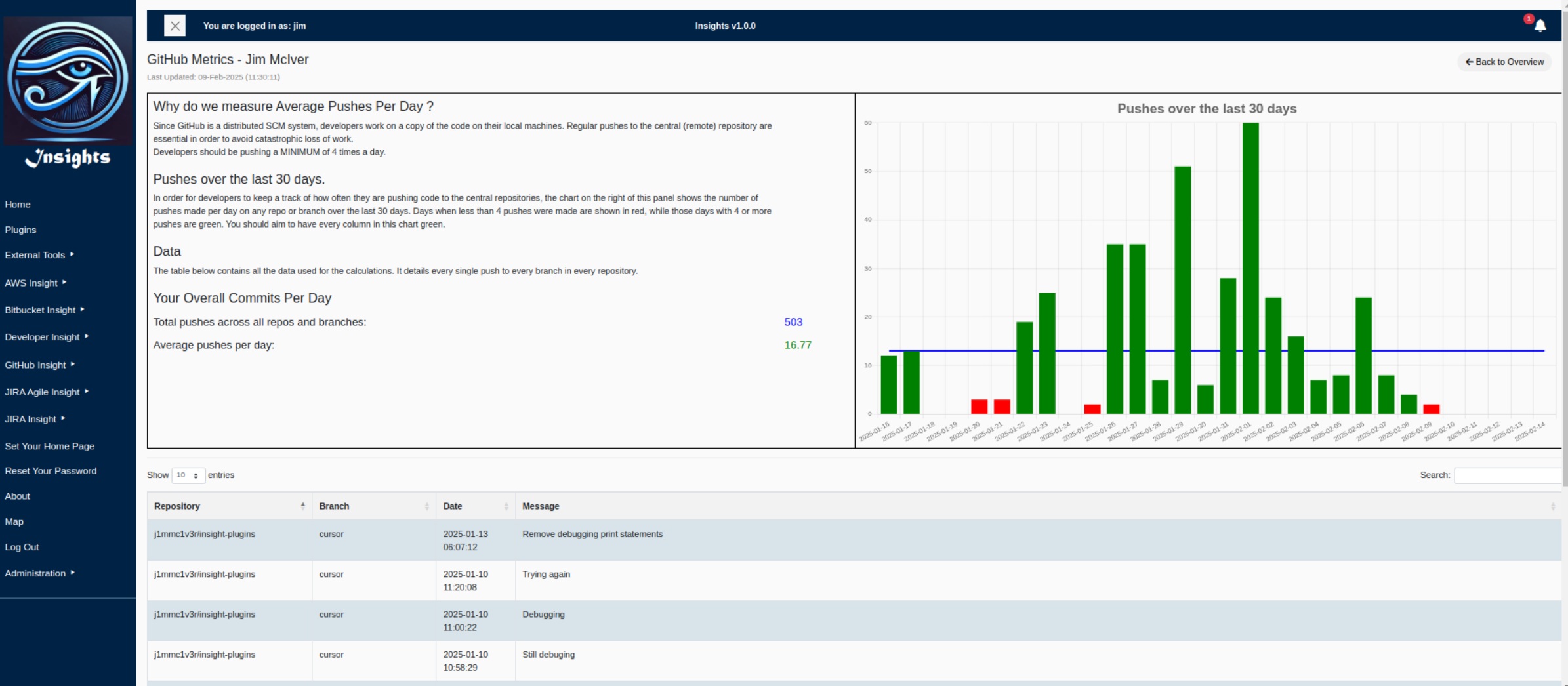Eating Our Own Dogfood: How Insights Builds Insights
Back in 1988, a Microsoft manager named Paul Maritz sent an email to a colleague with the subject line "Eating our own Dogfood." The term caught on, and today it's become a cornerstone principle in software development. But where did this rather unappetizing phrase come from?
Legend has it that in the 1970s, TV commercials for Alpo dog food featured actor Lorne Greene proudly declaring that he fed Alpo to his own dogs - and even ate it himself ! The message was clear: if it's good enough for your pets, it must be good enough for you. Though personally, I've never been tempted to verify this claim firsthand! 🐕

The origin of "eating your own dogfood" - thankfully, no actual dogfood consumption required!
Practice What You Preach
At Insights, we take this principle seriously (the concept, not the actual dog food consumption). We don't just build tools for others - we rely on them ourselves. In fact, we use Insights to monitor and manage the development of... well, Insights itself! It's like inception, but with better dashboards and fewer Leonardo DiCaprio appearances.
Security First: Because Nobody Likes Unwanted Visitors
One of our primary concerns is platform security. Using our AWS Security Dashboard integration, we keep a constant eye on our security posture. Think of it as having a very diligent guard dog, but instead of barking at squirrels, it alerts us to potential security threats.

Our AWS Security Dashboard: Where "Who's a good boy?" meets "Who's trying to hack us?"
Keeping Costs on a Leash
Cloud costs can quickly spiral out of control if you're not careful. It's like leaving a hungry Labrador unsupervised near an open bag of dog biscuits. Our AWS Costs integration helps us track and optimize our spending, ensuring we're not burning through resources like a puppy through chew toys.

Keeping our AWS costs in check: Because cloud resources aren't free bones
Herding Cats (I Mean, Managing Projects)
For project management, we use JIRA integrated with our own JIRA Agile Insight plugin. It helps us track work items, manage sprints, and keep our development process running smoothly. The burn-down chart is particularly useful - it's like a fitness tracker for your project, but instead of counting steps, it counts story points.

Our JIRA dashboard: Where tasks go to get done (eventually)
Source Control: Because Memory Isn't What It Used To Be
All our code lives in GitHub, tracked by our GitHub Insight plugin. It's like having a really detailed diary, except instead of "Dear Diary," each entry starts with "git commit -m". Our integration helps us monitor pull requests, code reviews, and deployment status - ensuring our codebase stays as clean as a well-groomed show dog.

Our GitHub dashboard: Where 'git blame' meets 'git forgiveness'
Showing our Commitment
Just like a well-trained dog needs regular walks, a healthy codebase needs regular commits. At Insights, we've found that frequent, smaller commits are like taking your code for multiple short walks throughout the day - it's better than one massive trek at the end. That's why we encourage our team to commit and push at least four times daily.
Why four times? Think of it as breakfast, lunch, afternoon tea, and dinner for your repository. Each commit should be small, focused, and digestible (pun intended). This approach isn't just about hitting a number - it's about maintaining a healthy development rhythm. Small, frequent commits mean:
- Easier code reviews (no one likes reviewing a 500-file change at 4:59 PM on a Friday)
- Simpler rollbacks when something goes wrong (and something always goes wrong)
- Better collaboration (your teammates can integrate your changes sooner)
- A clearer development story (like a well-maintained captain's log, but for code)
Using our GitHub Insight plugin, we can track these commit patterns across teams. It's not about policing developers - it's about fostering good habits. Think of it as positive reinforcement for your development team, minus the treats (though we do have a well-stocked snack cabinet).

Commit frequency tracking: Because 'git push --daily' should be more than just an aspiration
The Proof is in the Pudding (or in this case, the Dogfood)
Using our own tools has helped us identify and fix issues before they affect our customers. When a feature doesn't work quite right, we're the first to know. When something could be more intuitive, we feel the pain firsthand. It's like being both the chef and the food critic - if the meal isn't good enough for us, it's not good enough for our users.
So yes, we eat our own dogfood, and you know what? It tastes pretty good (metaphorically speaking, of course - please don't actually eat dog food). By using Insights to build Insights, we're not just creating a product - we're crafting a solution that we trust with our own development process.
Stay tuned for more updates and insights from our team. Contact us at sales@insights-online.com for inquiries.